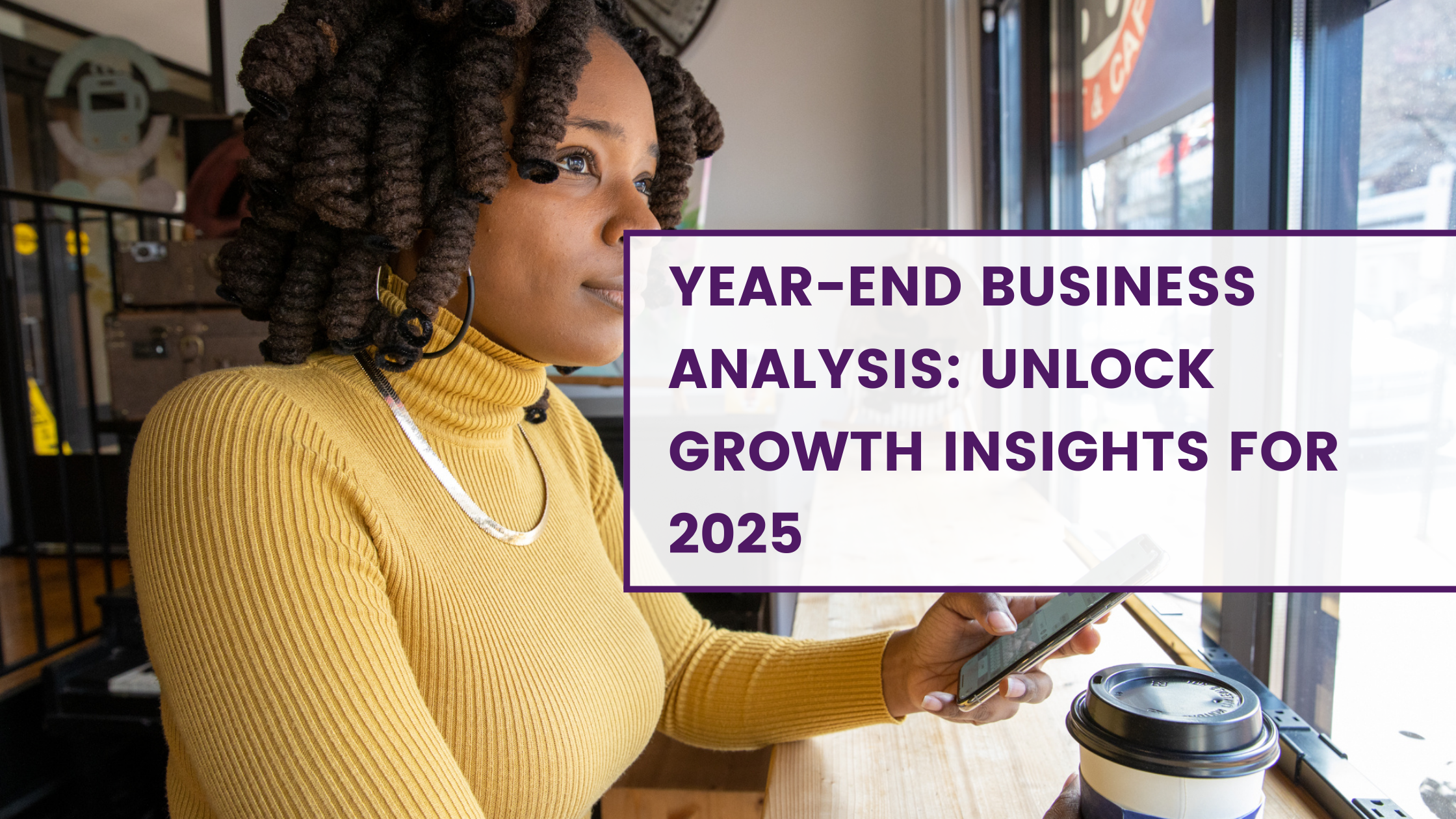Year-End Business Analysis
The end of the year is more than just a time to close out your books—it’s an opportunity to reflect on your business’s performance and make data-driven decisions for the future. A thorough year-end analysis gives you the insights you need to plan strategically and achieve your 2025 goals.
Here’s how to review and analyze your business’s performance step by step.
Step 1: Analyze Sales and Revenue Trends
Dive into your sales data to identify patterns over the past year. Which months were your strongest? What products or services performed best? Pinpoint any seasonality or standout trends to capitalize on in 2025.
Quick Tip: Use your accounting software or POS reports to generate detailed sales summaries.
Step 2: Identify High-Performing Products or Services
Break down your revenue streams by product or service category. This analysis helps you focus on offerings with the highest return on investment (ROI) and consider retiring underperforming items.
Quick Tip: Highlight one or two top performers and brainstorm ways to amplify their success, such as upselling or bundling.
Step 3: Review Your Operating Expenses
Examine where your money went throughout the year. Identify unnecessary or inflated costs and look for opportunities to cut expenses without sacrificing quality or customer satisfaction.
Quick Tip: Negotiate with vendors for better rates or explore new tools that can streamline operations.
Step 4: Evaluate Customer Retention and Acquisition
Look beyond your sales numbers to understand how well you’re retaining existing customers while attracting new ones. Metrics like customer lifetime value (CLV) and acquisition cost (CAC) can provide deeper insight.
Quick Tip: If your retention is low, consider launching a loyalty program or revisiting your customer service strategy.
Step 5: Set SMART Goals for 2025
Use your analysis to set SMART goals—Specific, Measurable, Achievable, Relevant, and Time-bound. These goals should be based on the strengths and opportunities revealed during your review.
Quick Tip: Instead of setting broad goals like “grow revenue,” try something more actionable, like “increase monthly recurring revenue by 15% by Q2 2025.”
Make Insights Actionable
Your year-end analysis isn’t just a look back—it’s a strategic step forward. By identifying trends and opportunities, you’re setting the stage for smarter decisions and sustainable growth.
Ready to turn insights into action? Download our free Year-End Planning Checklist and start building your 2025 strategy today!

